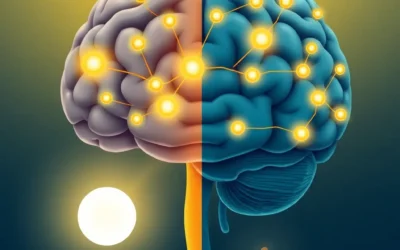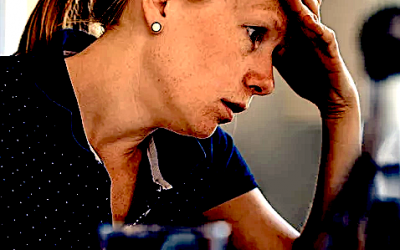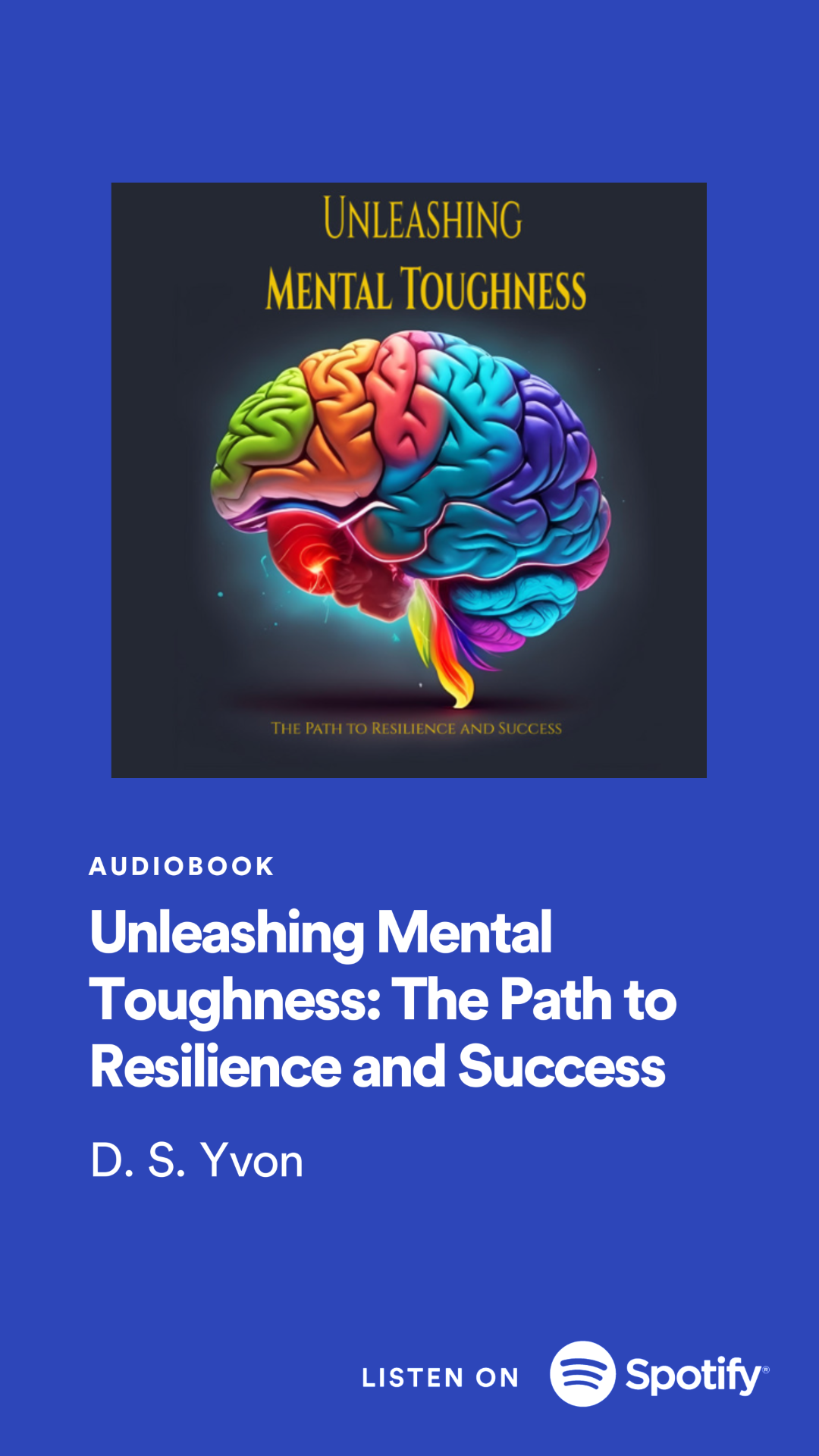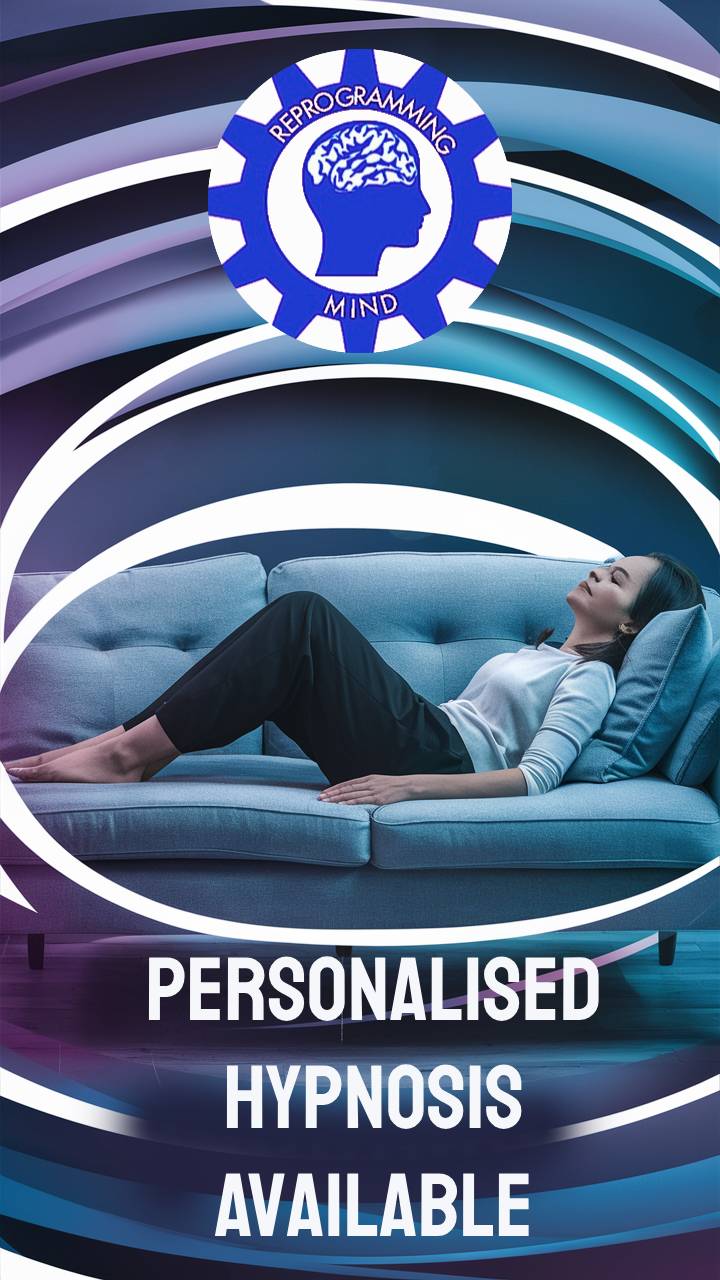As it turns out, the habits and mindsets of highly innovative individuals are not as mysterious as they may seem. In fact, by adopting just a few key practices, you can start to unlock your own inner genius and unleash your full creative potential.
In this video, we'll explore 8 powerful habits that the most innovative people in the world have in common. By incorporating these strategies into your daily life, you'll be well on your way to tapping into your natural brilliance and making your mark on the world.
Habit 1: Cultivate Insatiable Curiosity
The first and perhaps most important habit of highly innovative people is an insatiable curiosity about the world around them. They are constantly asking questions, exploring new ideas, and seeking out novel experiences.
Rather than accepting the status quo, innovative thinkers are driven by a deep desire to understand how things work and how they can be improved. They're not afraid to challenge conventional wisdom and think outside the box.
This curious mindset allows them to make unexpected connections and see problems from fresh perspectives. It's the foundation for breakthrough thinking and revolutionary ideas.
To cultivate your own curiosity, make a habit of regularly exploring new subjects, engaging with diverse perspectives, and questioning your assumptions. Approach life with a sense of wonder and a willingness to learn.
Habit 2: Embrace Failure and Iteration
Another key habit of innovative people is their willingness to fail, experiment, and iterate. They understand that true innovation rarely happens on the first try. Instead, it's a process of trial and error, learning from mistakes, and continuously refining their ideas.
Innovative thinkers don't see failure as something to be avoided at all costs. Rather, they view it as an essential part of the creative process - a necessary step on the path to breakthrough solutions.
They're not afraid to take risks, put their ideas out there, and be open to feedback and critique. This allows them to quickly identify what works and what doesn't, and make the necessary adjustments to improve their concepts.
By cultivating this mindset of embracing failure and iteration, you'll be able to move past the fear of making mistakes and focus on the iterative process of innovation. This will give you the freedom to take bold, creative leaps without the paralyzing worry of getting it perfect the first time.
Habit 3: Seek Out Diverse Perspectives
Highly innovative people understand the power of diverse perspectives. They actively seek out individuals with different backgrounds, experiences, and areas of expertise, and they're eager to learn from them.
This cross-pollination of ideas is crucial for sparking new insights and breakthroughs. By exposing themselves to a wide range of viewpoints, innovative thinkers are able to challenge their own assumptions, consider alternative solutions, and make unexpected connections.
Whether it's collaborating with colleagues from different departments, engaging with experts in unrelated fields, or simply talking to people with diverse life experiences, innovative individuals make a habit of seeking out diverse perspectives.
To cultivate this habit, make a conscious effort to surround yourself with people who think differently than you. Actively listen to their ideas, ask questions, and be open to having your own perspectives shifted. The more you expose yourself to diverse viewpoints, the more your own creativity and innovation will flourish.
Habit 4: Prioritize Lifelong Learning
Innovative people are deeply committed to lifelong learning. They understand that the world is constantly evolving, and that to stay ahead of the curve, they need to continuously expand their knowledge and skills.
Whether it's reading industry publications, taking online courses, attending conferences, or simply exploring new subjects out of personal interest, innovative thinkers are always striving to learn and grow.
This dedication to lifelong learning serves them in several ways. First, it allows them to stay up-to-date on the latest trends, technologies, and best practices in their field. This gives them a competitive edge and helps them identify emerging opportunities.
Secondly, the process of continuous learning sparks new ideas and connections in their minds. By exposing themselves to a wide range of information and perspectives, innovative thinkers are able to synthesize that knowledge in unique ways and come up with novel solutions.
Finally, a commitment to lifelong learning fosters a growth mindset - the belief that one's abilities can be developed through dedication and hard work. This mindset is essential for navigating the inevitable challenges and setbacks that come with innovation.
To cultivate this habit, make a plan to dedicate a certain amount of time each week to learning something new. Whether it's reading a book, listening to a podcast, or taking an online course, make it a priority to continuously expand your knowledge and skills.
Habit 5: Embrace Interdisciplinary Thinking
Highly innovative people don't limit themselves to a single field or area of expertise. Instead, they actively seek out connections and synergies between different disciplines, and they're not afraid to borrow ideas and approaches from unexpected sources.
This interdisciplinary mindset allows them to see problems from fresh angles and come up with solutions that may not have emerged within the confines of a single field. By drawing inspiration from diverse domains, innovative thinkers are able to create unique combinations and hybrid ideas that push the boundaries of what's possible.
Whether it's a designer applying principles of behavioral psychology to product design, or a scientist drawing insights from the world of art, innovative individuals are masters of cross-pollination. They're constantly on the lookout for opportunities to integrate different areas of knowledge and expertise.
To cultivate this habit, make a conscious effort to explore connections between your own field and other disciplines. Read outside your comfort zone, attend interdisciplinary events, and actively seek out opportunities to collaborate with people from diverse backgrounds.
Habit 6: Cultivate a Bias Towards Action
While innovative people are deeply thoughtful and reflective, they also have a strong bias towards action. They understand that ideas alone are not enough - true innovation requires the courage to experiment, test, and bring those ideas to life.
Innovative thinkers don't get bogged down in endless analysis or planning. Instead, they're quick to prototype, iterate, and learn from their experiences. They're comfortable with ambiguity and uncertainty, and they're willing to take calculated risks in pursuit of their goals.
This bias towards action allows them to move quickly, gather valuable feedback, and make adjustments on the fly. It's the key to turning their creative visions into tangible, real-world impact.
To cultivate this habit, challenge yourself to take more action, even if it means stepping outside your comfort zone. Don't wait for the perfect plan or the ideal conditions - just start experimenting and see what works. Be willing to fail, learn, and try again.
Habit 7: Foster a Collaborative Mindset
While innovation is often thought of as a solo endeavor, the most successful innovative thinkers understand the power of collaboration. They actively seek out opportunities to work with others, share ideas, and build on each other's strengths.
Innovative people recognize that the best solutions often emerge from the cross-pollination of diverse perspectives and skill sets. By fostering a collaborative mindset, they're able to tap into a wider pool of knowledge, resources, and creative energy.
Whether it's partnering with colleagues, engaging with industry experts, or crowdsourcing ideas from the broader community, innovative thinkers are skilled at leveraging the collective intelligence of those around them.
To cultivate this habit, look for ways to involve others in your creative process. Be open to feedback, be willing to compromise, and focus on how you can complement each other's strengths. Embrace the power of collaboration to take your ideas to new heights.
Habit 8: Maintain a Beginner's Mindset
Finally, highly innovative people maintain a beginner's mindset - a willingness to approach problems and challenges with a fresh, open, and curious perspective. They don't assume they have all the answers, and they're always eager to learn and grow.
This beginner's mindset allows innovative thinkers to see opportunities and possibilities that others might miss. It keeps them flexible, adaptable, and receptive to new ideas and approaches. Rather than relying on past experience or established ways of doing things, they're constantly seeking out new ways to solve problems.
Maintaining a beginner's mindset also helps innovative people avoid the trap of complacency. They understand that the world is constantly evolving, and that to stay ahead of the curve, they need to continuously challenge their own assumptions and push the boundaries of what's possible.
To cultivate this habit, make a conscious effort to approach each new challenge or project with a sense of wonder and openness. Be willing to ask questions, admit what you don't know, and approach problems from a beginner's perspective. This mindset will help you stay curious, creative, and adaptable in the face of change.
By incorporating these 8 powerful habits into your daily life, you'll be well on your way to unlocking your inner genius and tapping into your full creative potential. Remember, innovation is not a mystical, elusive quality - it's a set of learnable skills and mindsets that anyone can cultivate with dedication and practice.
So embrace your curiosity, be willing to fail and iterate, seek out diverse perspectives, and maintain a beginner's mindset. With these habits as your guide, you'll be poised to make your mark on the world and create the kind of breakthrough ideas and solutions that change the game.
How to Learn Better: A Review of “The Science of Rapid Skill Acquisition”
Learning...
How the Oura Ring Revolutionizes Sleep Tracking Compared to Other Fitness Trackers
In the...
Summary of RTM Protocol in Erasing PTSD in under Five Hours
Having...
Review of Reconsolidation Behavioral Updating of Human Emotional Memory
Comprehe...
A 15-Minute Hypnosis Script for Adults with Mild Autism: Cultivating Calm and Connection
Many...
How Does CREB Differ Between Memory Reconsolidation and Memory Extinction?
The...
How CREB is Compared to a Mayor’s Office.
Imagine...
How PTSD Was Cured Four Times in 5 Hours
This...
Everything You Need to About Short Term Memory But Forgot to Ask
Short-te...
Trading Psychology and How to Improve Yours
Trading...





















